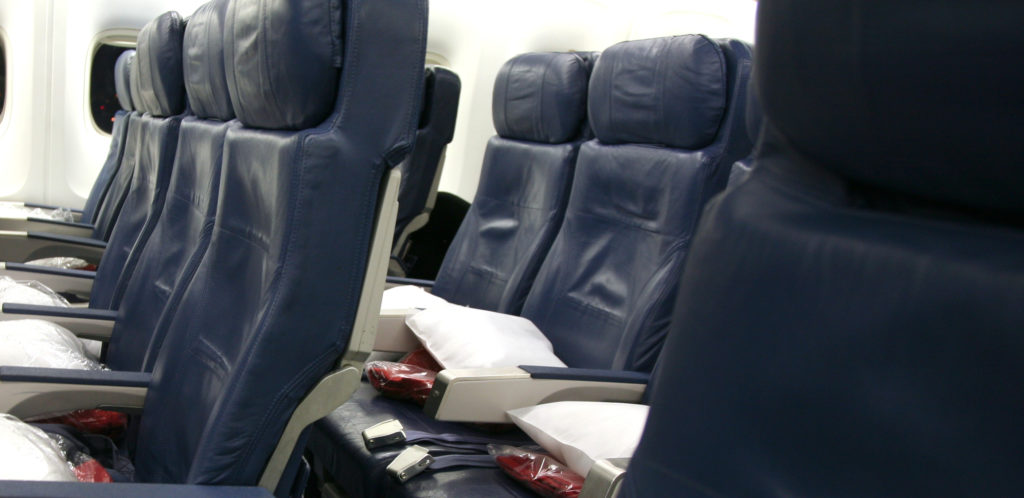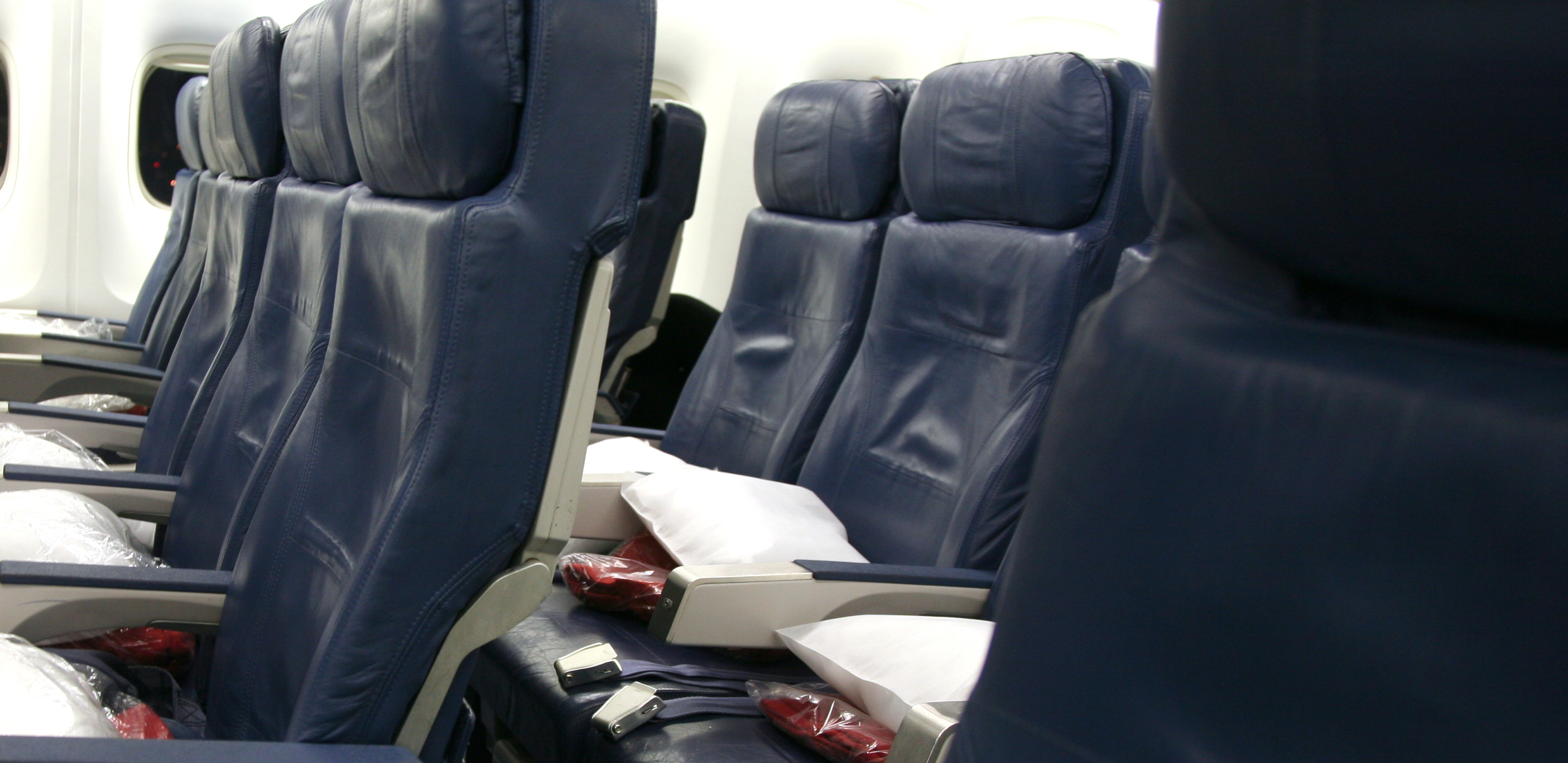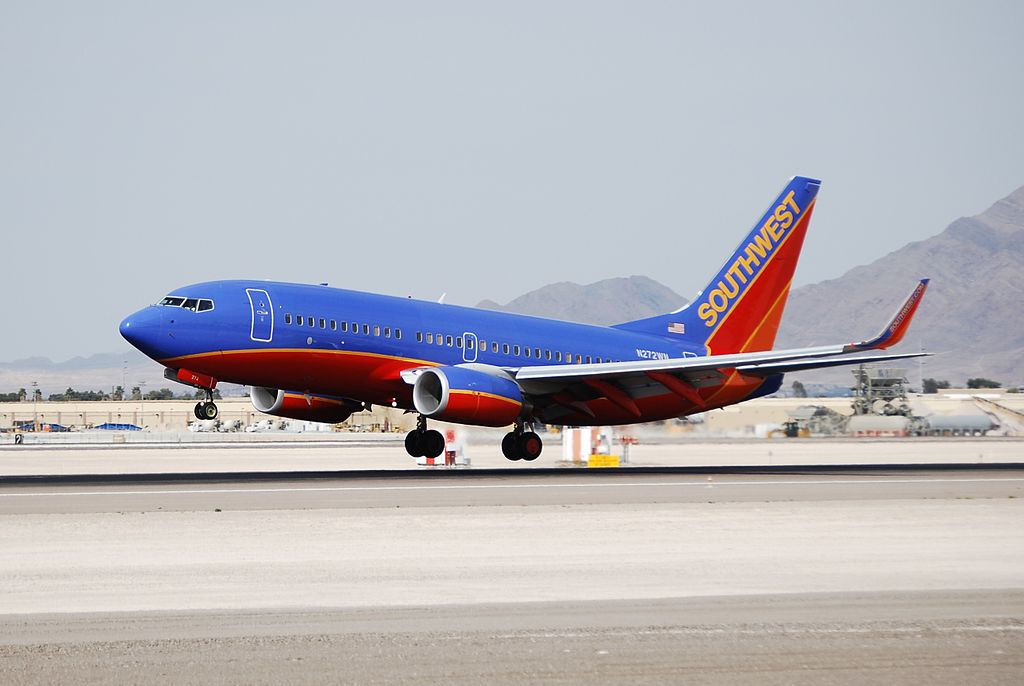FAA Seeks Input on Aircraft Seat Safety – Not Comfort

The Federal Aviation Administration is soliciting comments on a potential rule to dictate the minimum size of airline seats, including width, pitch and length, to facilitate an orderly aircraft evacuation.
Comment Period Comes After Congressional Report
In the FAA Reauthorization Act of 2018, the civil aviation agency was tasked by Congress to do a study of “aircraft evacuation certification with regard to emergency evacuation system designs and crew evacuation procedures.” A committee was ultimately formed and asked to look into every aspect of modern aviation and emergency evacuation – specifically how current seating technology would affect leaving an aircraft in an emergency.
As a result of their study, the committee recommended 27 different improvements to airplane design and certification standards. The ideas range from improving the emergency lighting systems to be brighter, evaluate aircraft staffing requirements, re-evaluating flight attendant jump seats and creating a universal designated emergency frequency.
The agency is taking the recommendations a step further by requesting comments on a potential rule about aircraft seats. The FAA says they are looking for public comments about how seat dimensions (including pitch, length and width) could affect flyers escaping in an emergency.
“The FAA has assessed what safety issues could be associated with seat dimensions,” the statement on the request for comments reads. “And concluded that additional data regarding evacuations could be valuable.”
The comments should be focused specifically on the issue of passenger safety and ability to escape after a critical situation. Any public comments should not be submitted about passenger comfort. While all comments are welcome, the FAA asks the public to review the reports in the Regulations.gov docket prior to submitting.
Public comments can be made through November 3, 2022, by visiting Regulations.gov and searching for docket FAA-2022-1001. So far, over 9,400 comments have been submitted regarding minimum seat dimensions.
Seat Dimensions Long-Standing Debate in Aviation Industry
Discussions about minimum seat dimensions are not a new concept. In 2015, FlyersRights.org started a petition online to force the FAA to reconsider seat sizes, saying they wanted to find a balance between “promoting airline passenger policies…while not imposing unrealistic economic burdens.”

























DVTs due to cramped seats *are* a safety risk.
36" of legroom and 19 in width.
Minimum seat dimensions conquer both evactuation speed and comfort simultaneoustly. A plane with larger seats that has fewer people on board has fewer people to evacuate. This is assuming that people will be funnelling through the exits to get out.
Easy peasy -- Seat width should be no less than 20-21" and seat pitch no less than 34-35". Why settle for less when the airlines are making money hand-over-fist? How about another bailout for them so that they can make even more money?
Americans are getting heavier and heavier - how about we cut them a break?
Everyone acts like the evil airlines have a diabolical plan to cram more and more seats into each plane at the detriment of our own safety. The airlines would be thrilled to go back to the golden age where seats were large and comfortable with plenty of egress room. We all are the ones who in our demand to fly from Chicago to Orlando for 59 dollars have made the airlines reduce pitch. They say that you can't put a price on safety; but that's exactly what we've effectively done as consumers.